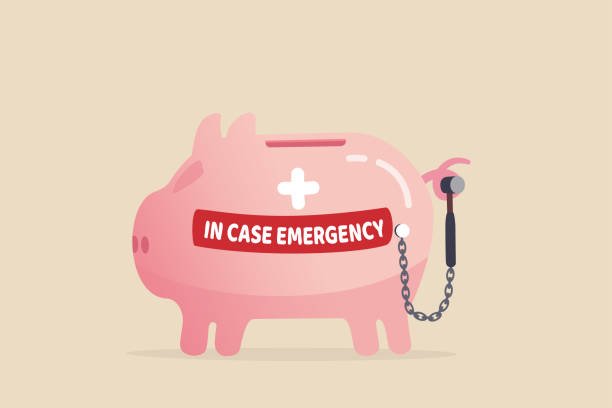
Introduction
Isn’t it funny how life tends to toss us unexpected curveballs, especially when it comes to finances? A surprise medical bill, an unforeseen home repair, or the sudden loss of a job.
These little surprises are just some ‘fun’ examples of emergencies – potential game-changers that can turn your financial visions upside down.
Here, we bring you the art of financial preparedness, introducing the concept of an emergency fund.
In the sections that follow, we will explore what an emergency fund is, why it’s so crucial, and how you can start building yours right away.
What is an Emergency Fund?

Before we jump the gun, let’s come to terms with what this mysterious emergency fund is.
Defining an Emergency Fund
An emergency fund, in its most basic sense, is a stash of money set aside to cover the financial surprises life throws our way.
It’s not money to splurge on vacation or buy those fancy shoes you always wanted but couldn’t afford. It’s a fiscal safeguard designed to cover *real* emergencies.
Why Do You Need an Emergency Fund?

So, why do you need this isolated pool of money? Isn’t your regular saving or checking account enough? Let’s explore the compelling reasons.
Safeguard Against Debt
One essential purpose of an emergency fund is to keep you out of debt.
Without an emergency stash, dealing with untoward situations often means resorting to loans or credit cards. The fund acts as a firewall against accumulating high-interest debt.
- Job Loss: Unexpected job loss can be a financial nightmare without a fallback cushion. An emergency fund covering 3-6 months’ worth of expenses can provide vital breathing space to find a new source of income.
- Unexpected Expenses: These can catch us off guard. Be it medical emergencies or sudden car repair, having a safety net can help navigate the situation calmly without accumulating debt.
Financial Security and Peace of Mind
Aside from the very tangible benefit of warding off debt, an emergency fund brings an often understated advantage – peace of mind.
Knowing you have a backup plan can ease much of the stress associated with financial emergencies.
How To Build An Emergency Fund?

Now that you understand the ‘why’, let’s address the ‘how’. Building a fund might sound daunting, but it can be remarkably straightforward. Here’s a simple three-step process.
Step 1: Setting Your Goal
Determining the size of your emergency fund is your first step. A good rule of thumb is to aim for three to six months’ worth of essential living expenses.
Step 2: Systematic Savings
Like any worthy goal, consistent effort is key.
Regular savings can gradually build a sturdy emergency fund. Consider setting up automatic deposits to divert a portion of your income towards your fund.
Step 3: Choosing the Right Account
An emergency fund should be easily accessible, yet distinct from your daily checking account. High-yield savings or money market accounts can be worthy contenders.
Conclusion
Handling unpredictable financial shocks with an emergency fund trade secret of financial preparedness.
It’s your personal bailout fund, protecting you from debt while granting peace of mind, and it sure beats having to scramble for funds during emergencies.
So if you haven’t started building your emergency fund, maybe now is the right time to kickstart your journey towards financial resiliency. Because, as we all know, life is just full of surprises!
